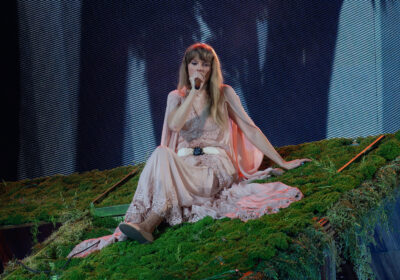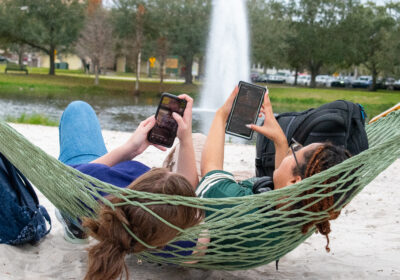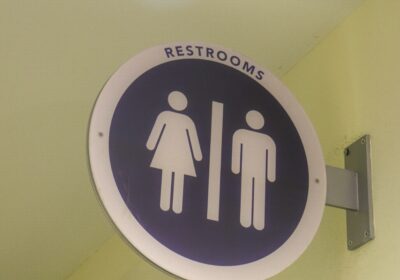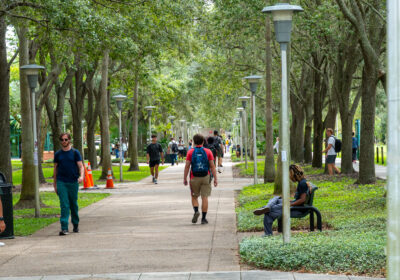Recreational drones flying into security problems

While model airplanes and helicopters have been popular among hobbyists for decades, a recent trend among both model aviation enthusiasts and causal remote-controlled fliers is the use of small, unmanned drones.
According to a News-Press article, drones were very popular Christmas gifts last year, and the demand for recreational drones since their inception has seen a sharp increase. This may be due to the wide variety of available drones, as the article noted, with some that range from under $100 to several thousand dollars and can be as small as one’s palm or as big as any other model plane.
Their use, however, poses a threat to both public privacy and security, as most recreational drones can capture remotely accessible high-definition pictures and video from an onboard camera. Not only are recreational drones easily acquirable through online stores such as Best Buy, but they can also be discretely controlled with a pocket-sized controller or even a smartphone, as the article mentioned.
Due to their size, drones are also difficult to detect, and several have already breached locations typically considered highly secure. According to a recent CNN article, an employee of the National Geospatial-Intelligence Agency, under the influence of alcohol, accidentally crashed his recreational drone onto the grounds of the White House, prompting the drone’s manufacturer, DJI, to release an update that prevents flying over restricted D.C. areas.
Also reported by CNN, five drones were spotted flying over popular Paris landmarks, like the Eiffel Tower and the Bastille, and the French aviation police are currently looking for the drones’ operators.
Recreational drones may further pose a threat to public safety, as there have been many reported cases of close calls between airplanes and drones near some of the nation’s busiest airports. The Washington Post reported last November that the Federal Aviation Administration (FAA) received 25 reports since June 1 from pilots who spotted drones flying in restricted airspaces or too close to other aircrafts.
While the FAA already created guidelines regarding the recreational use of drones and is promoting the website KnowBeforeYouFly.org, an educational campaign encouraging the safe flying of drones, many of these regulations are easily disobeyed.
For example, two of the regulations for recreational drone use are that drones may not exceed 400 feet in altitude and that they must remain in visible sight. However, drones are able to fly much higher than 400 feet and can be controlled at ranges of over a mile.
What also makes the unregulated use of recreational drones a bad idea is that it can allow people to easily invade others’ personal privacy. Last year, one drone in Seattle was used to catch a glimpse of a woman changing. A Daily Mail article reported that drones are being used by paparazzi to get even more personal with celebrities, as their lenses can zoom in on open windows. Privacy is crucial even in our casual, everyday happenings, and the last thing anyone needs is for supposed moments alone to become a stranger’s business.
A solution to these problems would be for popular drone companies to work with the FAA to manufacture their drones in accordance with the FAA’s guidelines. Like DJI did with their drones following the White House crash landing, drone companies could alter their drones through software updates. This may be the quickest, most cost-effective way to limit their capabilities. But until serious physical limitations are placed upon drones, they may remain a sizeable threat to public privacy and safety.
Russell Nay is a freshman majoring in mass communications.








